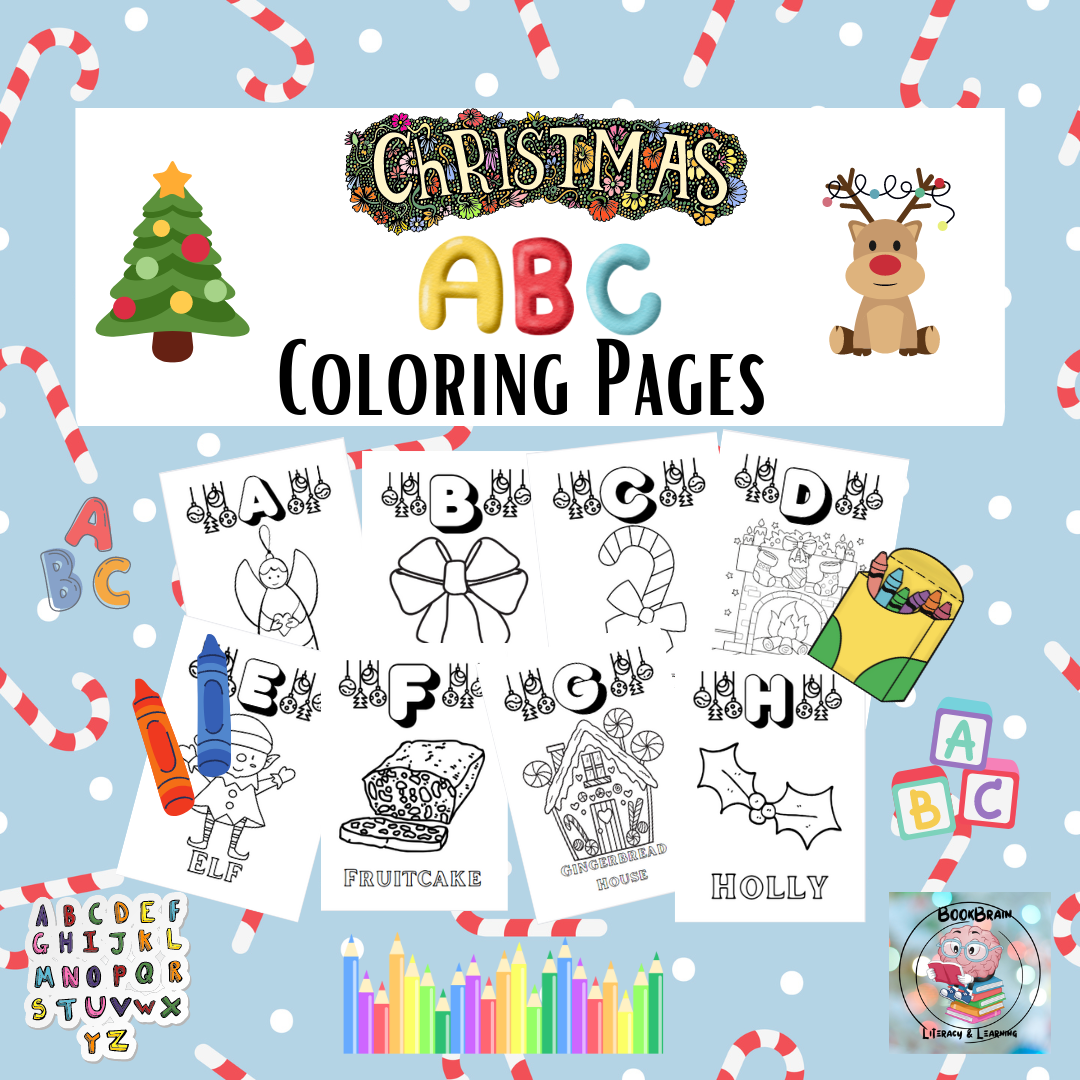For many parents, purchasing toys and gifts for their children is another way to show their love. After all, there are nothing children like more than getting new things.
For many parents, purchasing toys and gifts for their children is another way to show their love. After all, there are nothing children like more than getting new things.
With toys, games, and more continually being advertised to us, there’s a higher demand than ever. From on-trend products to educational play sets and toys that spark imagination to those that entertain our children passively, there’s a sea of plastic in every family household. If you’re anything like most parents, you can quickly find yourself drowning in the number of toys your child has; there’s no chance of putting them away neatly.
When it comes to what our children play with, the average family has way too many toys. But what are the reasons behind this excess? Read on to find out more.

Advertisers and marketers are very good at achieving an emotional response to their products. This helps them sell countless things by offering a specific lifestyle or benefit as a reward. Need a new oven? This one promotes a healthy family lifestyle. Are you looking to buy a car? This new model provides a way of driving you and your kids will love.
Toys are no different, and the overwhelming messaging parents receive about buying things for their children is that it’s a way to show their love and how much they care. According to The Parenting Junkie, emotional attachment not only means that we’re compelled to buy those toys but also want to keep them no matter what, whether the toy is no longer age-appropriate or your child doesn’t even enjoy playing with it.
There’s no doubt that modern parenting can be incredibly confusing. There’s so much conflicting information, guidance, and advice that knowing what’s right can be a challenge– and we don’t always get it right the first time, anyway. According to a study by NAEYC, toys can be separated into three independent categories to help with development. These are:
However, parents often find themselves with evermore specific niches to fill their child’s toy box. From specific toys that promote sharing and ethics to those that provide a particular type of motor development, it’s practically impossible to tick every box that toy-makers advertise as required unless you have access to a full-size playroom.
While some toys will be better for creativity, such as those that require role-play and imagination, and some will be better for motor skills– toys that encourage movement– there’s no need to have a toy for every specified purpose. In all likelihood, your child will still pick the toy they enjoy the most regardless of its developmental value; and allowing for play is just as important as working on niche skills.
We all know about the yearly Christmas fad with that must-have toy. Since toys have existed, there have always been fad-products. From barbies to yo-yos, slime to hoverboards. As parents whose parents most likely did follow the fads of our time, we observe that trend with our children to ensure they can have the same items as their friends and get the things they want.
Often, these fad items end up at the bottom of the toy box first. They’re wanted because of their status instead of their value as toys. We have way too many toys in our houses because we’ve been taught to follow fads and that newer is better, when in fact, it’s often older or well-loved toys that get the most use. From your childhood dollhouse to old barbies or thrift-store toys, there’s no need to keep adding to your collection with more toys that have less value.
When it comes to how we perceive toys as modern parents, it’s easy to see each piece of plastic as a low-cost way to entertain your child. But as that pile of toys grows and goes unplayed, it’s far more valuable to teach your child to use what they have and be creative with their existing toys instead of waiting for the next big thing.